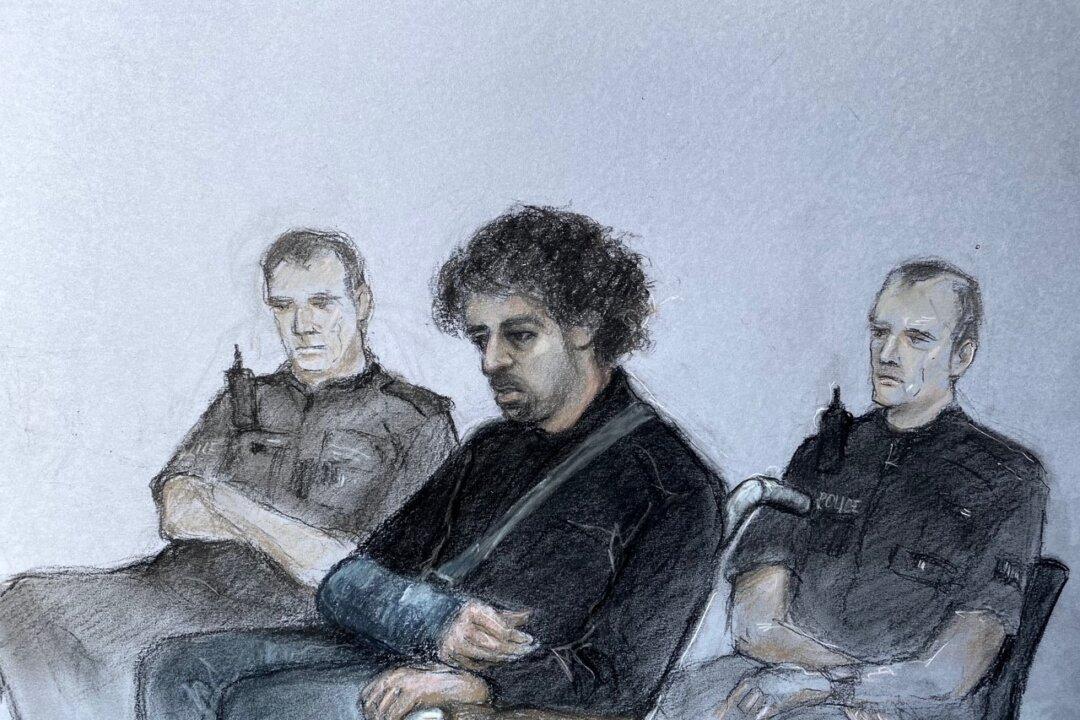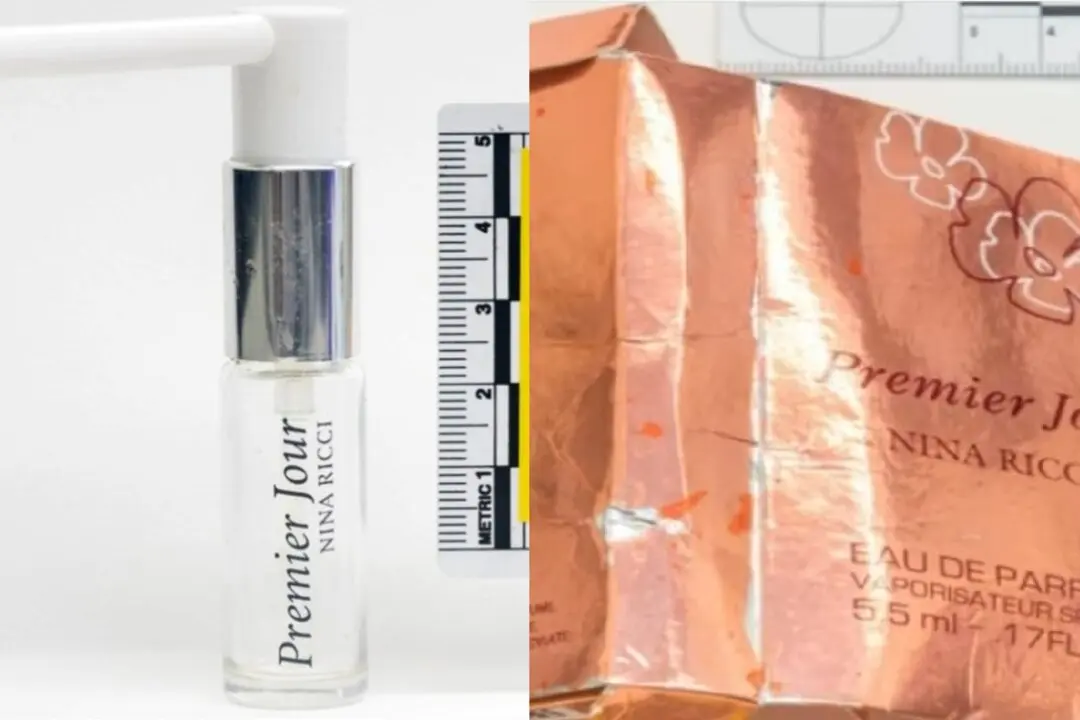The murder of a sergeant inside a police holding cell highlighted a legal loophole surrounding antique firearms, which has since been closed.
On Friday, Louis De Zoysa—who suffered brain damage after being hit by one of his own bullets—was convicted of Matt Ratana’s murder, which happened at Croydon police station on Sep. 25, 2020.





